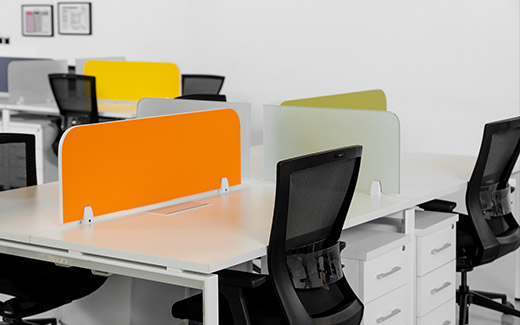
The office, once defined as the building where employees gathered every morning, is no longer the sole model of work. Today, work can begin from a café in Istanbul, a library in Tokyo, or even a beach in Bali. This shift didn’t happen overnight; it emerged through technology, economic changes, and a new generation that views productivity as less about walls and more about flexibility and the freedom to experiment.
In the past, the office symbolized stability and belonging — a traditional space that carried the company’s name and logo, bringing employees together around one table. Today, the office has no fixed address: distributed teams across continents run global operations from their devices. It’s a profound change redefining the relationship between people, work, and place.
This doesn’t mean the end of physical workplaces, but rather the birth of a new idea: the office today is not a location, but a concept. Achievement is no longer bound to a specific space.
Opportunities and Challenges
Work without a fixed place carries both promise and complexity. On one hand, it opens the door to greater freedom, enabling people to work from anywhere in the world. For companies, it means access to top talent without geographical limits and reduced costs by moving away from massive headquarters and large office spaces. These advantages make “flexible work” a strategic choice for organizations seeking greater efficiency and effectiveness.
On the other hand, challenges cannot be overlooked. The absence of a shared space can weaken employees’ sense of belonging, make collaboration harder, and even affect mental health through isolation or loss of social skills. Remote performance management also pushes leaders to adopt new tools and methods to support and guide their teams effectively.
This raises an important question: how do we build strong team culture in an environment where people never gather under one roof? And how do we maintain balance between personal life and work when the “office” is always within reach, whether in a bag or on a phone?
The Future of Productivity
We may be entering a new era where the “office” becomes more symbolic than physical. Today’s generation isn’t asking for shorter hours or nicer desks; they want the freedom to unleash creativity and explore work styles that fit their lives.
Three key factors have made work without a fixed place more possible than ever:
Conclusion
Work without walls is not a passing trend but a structural shift in how organizations function. The real question today is not whether offices are disappearing, but how we design workplaces without walls that preserve human connection, provide flexibility, and unlock the potential of youth to build more innovative companies.
In the end, the new headquarters of work is not a rented building or a spot on the map, but the mindset that drives the team — wherever they may be.